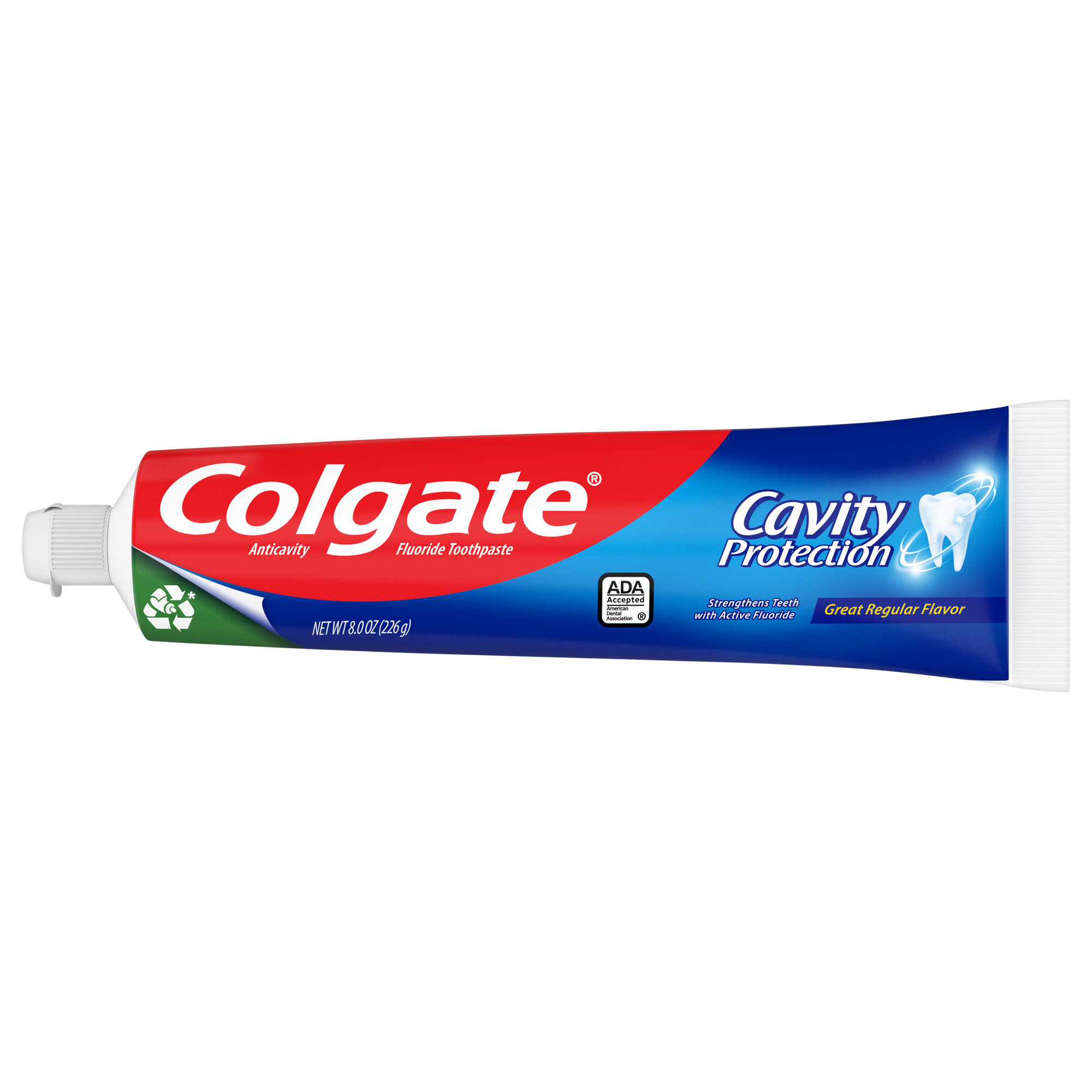What are Dental Bridges?
Bridges are artificial or false teeth that replace lost teeth due to injury, tooth decay, or other reasons. If your dentist recommends replacing one or more missing teeth, a bridge can correct your smile, restore your ability to eat and speak, and protect your other teeth from shifting out of position.
Common Problems with Dental Bridges
Bridges need to be taken care of just like your real teeth. Bridges can be affected by poor oral hygiene habits. And, if they do not fit properly, it can lead to more bacteria buildup along your gumline. Common dental bridge problems include:
- Food caught under the dental bridge
- Development of plaque and tartar
- Damage from hard or crunchy foods
Learn more about the common issues below, and read how to prevent and treat them.
Accumulation of Food Particles
While dental bridges are meant to fit seamlessly against your gumline, bone resorption or a poorly fitting device can create an open space between the bridge and the gumline. This creates a food trap where particles can accumulate. If you cannot effectively clean your mouth, bacteria will begin to grow in your mouth. Not only may this cause bad breath, but more importantly, it can result in gum disease that may eventually lead to the weakening of the anchoring teeth supporting the bridge. The weakening of the teeth could lead to your bridge loosening and eventual loss.
Development of Tartar
Dental bridges are permanent fixtures in the mouth, which means you can't remove them conveniently to clean the area. Once bacteria develops and is combined with saliva, plaque begins to form in the mouth. Unless you eliminate it, plaque can harden into tartar or calculus, which is much harder to remove. Tartar leads to gingivitis and, eventually, periodontal disease if not treated by a dental professional.
Damage to Your Bridge
Dentists advise patients fitted with dental bridges to avoid chewing extensively on foods such as raw vegetables, hard candies, and ice. These foods can damage the bridge, which may require repair or replacement.
Resolving Dental Bridge Problems
Preventive measures are crucial to preserving your bridge. You can get excellent wear from your bridge by:
- Ensuring your bridge fits before you leave your dentist or prosthodontist's office.
- Avoiding foods known to cause problems, particularly hard or sticky foods
- Practicing good oral hygiene
- Ask your dentist or dental hygienist about water flossers or other interdental cleaners that would be easy to use with bridges.
- Using a toothbrush designed to clean all the hard-to-reach areas
- Ask your dentist or hygienist for recommendations for the best mouthwash for bridges.
- Scheduling regular checkups to ensure your dental bridge is intact and performing as it should
- Getting regular professional dental cleanings to prevent gingivitis and other oral diseases
You can enjoy all the benefits of a dental bridge and avoid most of these problems by being proactive, taking care of your oral health, and ensuring good oral hygiene.
This article is intended to promote understanding of and knowledge about general oral health topics. It is not intended to be a substitute for professional advice, diagnosis or treatment. Always seek the advice of your dentist or other qualified healthcare provider with any questions you may have regarding a medical condition or treatment.
ORAL HEALTH QUIZ
What's behind your smile?
Take our Oral Health assessment to get the most from your oral care routine
ORAL HEALTH QUIZ
What's behind your smile?
Take our Oral Health assessment to get the most from your oral care routine















